What I’ve learned after spending over $100k with Facebook Ads
We write a lot of articles about advertising your book on the various platforms, along with what we believe are best practices and the tips we’ve learned along the way. But when it comes right down to it, nothing beats hard data from the field. Matt Holmes has made a career out of helping authors with their advertising, starting with the Fantasy novels written by his wife. His ad spend tops six figures, which has provided him with a lot of data to draw conclusions about what works and what doesn’t. After so much time and money spent advertising different books of different genres from a variety of authors, Matt has come up with a list of the five biggest lessons he’s learned about advertising self-published books on Facebook, and he’s sharing them with us today.
Spending over $100,000 on anything is going to provide you with some HUGE lessons and insights.
Yes, I’ve “wasted” money on Facebook Ads, but now I have a different mindset about advertising (seeing the money I spend on Ads as an investment rather than an expense), that “wasted” money I’ve spent is actually what taught me the biggest lessons.
I spent $116,361 on Facebook Ads advertising my wife’s Fantasy Fiction series, The Ancestors Saga, (a series of 4 books & 1 companion novel) **which now earns $15,000 – $17,000 per month in royalties.
I’ve spent even more than this running Facebook Ads for other self-published authors, in genres such as Crime, Horror, Self-Help and Romance, to name a few.
Today, I’m going to share with you the 5 biggest lessons I’ve learnt from spending 6 figures on Facebook Ads, in the hopes that you can avoid the “mistakes” I’ve made and start seeing traction from your own Facebook Ads as quickly and profitably as possible.
Without further ado, let’s dive into things…
Takeaway #1: Start Small
When I first started running Facebook Ads, I was spending around £7 per day (equivalent to around $10 USD per day).
Today, I’m spending $250-$300 per day, with a 2-3x return on that investment.
It took a couple of years to get to this level of daily ad spend, and by no means do you need to spend hundreds of dollars per day to see results from Facebook Ads.
Even when we were spending $10 per day, our daily Royalties were around $15-$25 per day, so profitable, just on a smaller scale to how things are today.
If you can only spend $5 per day, spend it. Afford a little more? Spend it.
But remember this… only spend what you can afford to lose.
There are no guarantees with advertising.
If you give Facebook $10 per day, they will spend it.
That doesn’t mean to say that that $10 will turn into $20. It might, in which case, great. But it may not and you have to be mentally prepared for that.
Yes, it can be tough, but as I alluded to at the beginning of this article, see your Ad Spend as an investment in your career as an author, not an expense.
At the very least, you will learn. And knowledge is HUGE.
So, takeaway number 1 is to start small, even if that’s spending just $5 per day. You can always scale up when you’re ready.
Takeaway #2: Target ONE interest at a time
One of the biggest “mistakes” I see authors making with their Facebook Ads is lumping a bunch of targets together into a single Ad Set, like this:
Believe it or not, this is the approach Meta/Facebook themselves recommend!
The reason why I 100% believe this strategy isn’t right took me a good few months to realize, but makes a lot of sense when you sit back and think about it.
When you stack several targeting options together into a single Ad Set, whether that Ad Set performs good or bad, as the advertiser, you have no idea whatsoever which of those targeting options you selected worked and which ones didn’t.
There will, without a doubt, be targeting options that don’t work and will be pulling down the performance of the entire Ad Set – and you won’t even know it’s happening.
Likewise, there will also be targeting options that are doing all or the majority of the legwork for you.
The problem is, you don’t know which ones are and which ones aren’t!
The solution to this is pretty simple…
You test each audience (i.e. targeting option) in its own Ad Set, like this:
When you set your Facebook Ads up this way, providing you’re tracking the results using Amazon Attribution Tracking Links (something I walk you through in this video), you will know which audiences are selling books and generating page reads and which audiences aren’t.
You can then turn off the poor-performers and scale up the good-performers.
Without that conversion data from Amazon Attribution though, you’re essentially blindfolded and making decisions on incomplete data.
It’s ok to stack proven audiences together into a single Ad Set, but until they’re proven, you need to figure out if they convert into sales and page reads on their own.
A couple of BONUS tips when it comes to targeting…
BONUS TIP #1: Narrow Your Audience By Kindle Store and Amazon Kindle
Use the Narrow Audience feature in the targeting section of your Ad Set to make sure you’re only showing your Ads to people who have some sort of interest in reading Kindle books (assuming that you’re advertising the Kindle version of your book).
BONUS TIP #2: TARGET BROAD DEMOGRAPHICS
In the beginning, unless you know for sure that your books don’t appeal to a specific gender, target ‘All Genders’ and the full available age bracket of 18-65+. Once you have some data, then you can start refining your targeting to only show your Ads to the demographics who are responding best to them.
Takeaway #3: Show Ads ONLY on the Facebook News Feed
Facebook will encourage you to use its Advantage+ Placements option, which essentially means your Ads will be shown across Facebook’s massive ecosystem, in places such as:
- Instagram Reels
- Instagram Shop
- Messenger Inbox
- Facebook Marketplace
- Facebook’s Audience Network
- And Many More…
The problem is, all Placements aren’t created equal.
From the 1000’s of Facebook Ads I’ve run, the Facebook News Feed (known as the Facebook Feed in your Facebook Ads Manager) is head and shoulders above the rest when it comes to performance.
So, I recommend you put 100% of your budget in to showing your Ads on the Facebook Feed and turn all the other Placements off. You’ll need to select Manual Placements to do this and then de-select all the Placements aside from Facebook Feed.
Here’s what it should look like once you’ve set this up.
The Facebook Feed is the only Placement that should be selected.
You will see far better performance, both from a cost perspective and a conversion perspective with this Placement setup.
Takeaway #4: The 2 Biggest Levers You Can Pull
Without a doubt, the 2 biggest levers you can pull with your Facebook Ads that will have the biggest impact on your results are:
- Targeting
- Ad Creative
Let’s dive into each of these a little deeper.
Targeting
By this, I mean who you are showing your Facebook Ads to.
There are 1000’s of targeting options available with Facebook Ads, not to mention all the demographic refinements you can make (i.e. country, age and gender).
Clearly, not everyone on Facebook is going to be the right fit for your books. And that’s ok.
You’re not writing your books for everyone. You’re writing them for a select group of readers, however small or large.
And these readers are highly likely to be targetable on Facebook.
You just need to test different, relevant audiences to find them.
And it will take time to find the right audiences for your books; that’s just part of the game.
As I mentioned earlier in the article, to figure out if a specific audience is right for your books (i.e. converts into sales and/or page reads) , you need to test them individually.
Ad Creative
Your Ad Creative is simply the Ads that people see on their Facebook News Feed.
Whilst there are no rights or wrongs when it comes to Ad Creative, there are some best practices, such as:
- Use Social Proof (i.e. reviews from your books)
- Hook readers in with a powerful, punchy first line of text
- Lay out the stakes of your book and create tension (fiction)
- Speak to your ideal reader, empathize with them, relate to them and tease how your book can help solve their problem(s) (non-fiction)
- Include a Call-To-Action (CTA), such as Read for FREE with Kindle Unlimited
Ultimately, the purpose of your Ad Creative is to entice readers enough to click on your Ads, which you do through a scroll-stopping image and compelling Ad Copy (text).
This next tip isn’t always possible when advertising a full price book, but if you’re running a discount/promo on your book, make your offer clear, obvious and attractive. For example, 5 books for 99¢, or 3 books for 99¢ each.
If you’re running some sort of a discount/promo, introduce scarcity into your Ad, by telling people that this discount is coming to an end on a specific date. For example, Ends January 29th.
Ad Creative and Targeting are what you should be testing each week, or at least each month, if you want to see the best results from your Facebook Ads.
Without testing new Ad Creative and Audience ideas, your Ads will grow stagnant and results will either plateau, or more likely, decline.
Takeaway #5: Have patience
I know this one sounds boring, but honestly, this is possibly the BIGGEST lesson I’ve learnt with Facebook Ads.
If you’re messing (i.e. tinkering) with your Facebook Ads each day, or even every other day, they are never going to perform at their optimum.
Every Facebook Ad goes through something known as the Learning Phase, where Facebook is testing your Ads with different pockets of your target audience to see who resonates the most with them.
Once they’ve found a pocket of people who engage well with your Ads, Facebook will go out and find more people similar to those people who are also in your selected target audience, in order for you to see the best (and cheapest) results.
Due to Facebook doing a lot of its own testing during the Learning Phase, results can be a little shaky in the beginning; this is ok and perfectly normal. Just have patience and let Facebook do its thing.
The Learning Phase typically requires around 50 clicks on your Ads to complete and exit.
Depending on your budget, this can take anywhere from 1-3 days, on average.
However, if you make changes to your Ads or Audience, during the Learning Phase, Facebook will need to start all over again!
Here’s how I recommend managing your Facebook Ads from a time perspective:
- Launch Your Ads
- Let them run for 7 days, untouched
- Optimize your Ads once per week (ideally on the same day each week, if possible)
- Check in on your Ads daily (for 5-10 minutes, max) to look for ‘red flags’, but don’t touch them unless absolutely necessary
IMPORTANT NOTE: Editing Existing Ads
When I talk about optimizing your Ads once per week, I’m not suggesting that you go in and actually adjust the images and/or text within your existing Ad Creative.
Instead, what I’m saying is that you should be looking at which Ads are working, and which aren’t (from a conversion standpoint), turn off the poor performers, and if you want to test a slightly different version of an existing, good performing Ad, that you actually create a brand new Ad within that Ad Set.
If you edit an existing Ad Creative, you will lose all the social proof (likes, comments, shares, etc.) from that Ad, which, if you’ve built up a lot of social proof, can instantly shatter the performance of this Ad.
Yes, the new Ad will need to start from scratch, but that’s the only way to do it without impacting the performance of your existing Ads.
So, whenever you want to test a new idea, ALWAYS create a new Ad Creative. Don’t edit an existing one.
Now, where were we…
Patience is a key skill to learn when advertising books, as is consistency and playing the long game.
It takes time to figure out which Audiences and Ad Creatives are going to provide you with both low costs and high conversion rates.
And you will inevitably find, as every Facebook advertiser across the world has found, that only a small proportion of what you test (Audiences and Ad Creatives) will work; typically, around 20%.
This means that the majority of what you test won’t work, and that’s ok. It’s perfectly normal and expected. You just need to have the right mindset in place to accept that.
Once you find your winning combination of Audiences and Ad Creatives, however, that’s when things get exciting as you can start scaling, spending more on what is working and less on what isn’t working.
Now, I wouldn’t recommend not testing anything new when you’ve found your winners, as there will come a point when these winning Audiences and Ad Creatives fatigue, and you’ll need something to replace them with.
But in terms of budgeting, I would recommend putting 80% of your total budget into your top performers and 20% of your budget into testing new ideas.
Bonus Takeaway: Track Your Results
I’ve mentioned conversions a few times in this article. This is essentially telling you how many people bought or borrowed your book after clicking on your Facebook Ad.
Without knowing the conversion data, you have no idea if your Facebook Ads are actually working. Yes, they may be generating cheap clicks, but are those clicks converting into Sales and/or Page Reads?
We can’t see the conversion data inside our Facebook Ads Dashboard, so we have another tool in our toolkit for this, called Amazon Attribution.
Amazon Attribution is a free tool inside your Amazon Ads Account, but you don’t need to run Amazon Ads in order to use Amazon Attribution.
With Amazon Attribution, you’ll create unique tracking links for each individual Facebook Ad you create and inside your Amazon Attribution dashboard, you’ll be able to see how many Sales and Page Reads each of your Facebook Ads have generated.
You can also use Amazon Attribution for tracking the performance of your other off-Amazon marketing and advertising, such as:
- BookBub Ads
- Email Marketing
- Links in your own books to other books in your catalog
So, it’s an incredibly powerful tool that every author should be using in order to see the true impact their entire off-Amazon marketing and advertising efforts are having on their bottom line.
Setting up Amazon Attribution is beyond the scope of this article, however, Hidden Gems have written about it recently, and the free video I linked to above (in Takeaway #2) also walks you through all the steps for setting them up and adding them to your ads.
Wrapping Up…
We’ve covered a few different topics in this article, all of which are lessons I’ve learnt from spending a LOT on Facebook Ads.
My hope is that what you’ve learnt today will help you see better results from your Facebook Ads, in a shorter timeframe than I did.
That’s not to say that you won’t experience your own challenges and obstacles; I’m 100% certain that you will, because that’s just the nature of learning something new.
And it’s in overcoming those challenges that you learn and develop your own unique skillset.
These takeaways we’ve been through together today though, will, without a doubt, set you off on the right foot and avoid some of the expensive pitfalls I’ve fallen victim to over my time running Facebook Ads.
The biggest takeaway I have for you, aside from everything else above, is this…
Take Action
It’s all well and good learning about Facebook Ads, but until you actually implement what you learn, you’re no further forward than you were when you started learning about them.
As the saying goes…
“An ounce of action is worth a ton of theory.”
I wish you all the best with your Facebook Ads and thank you so much for taking the time today to read this article.




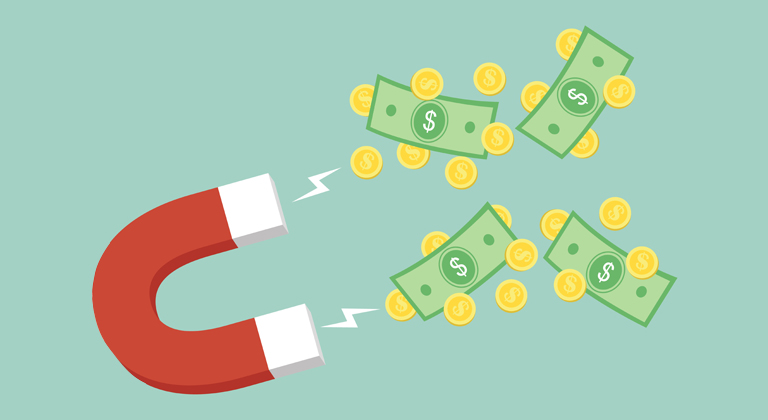


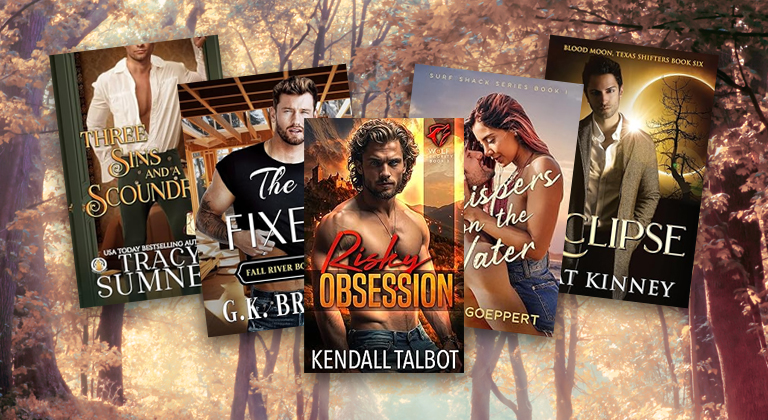
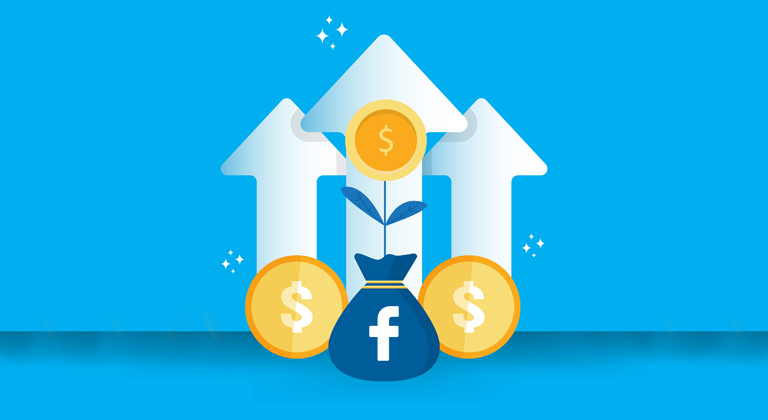
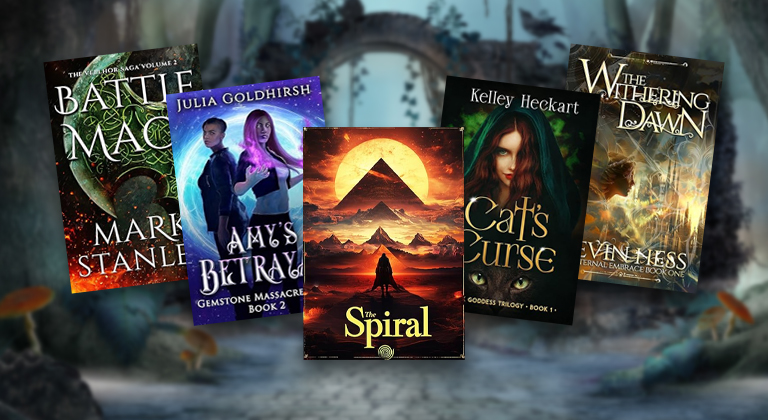
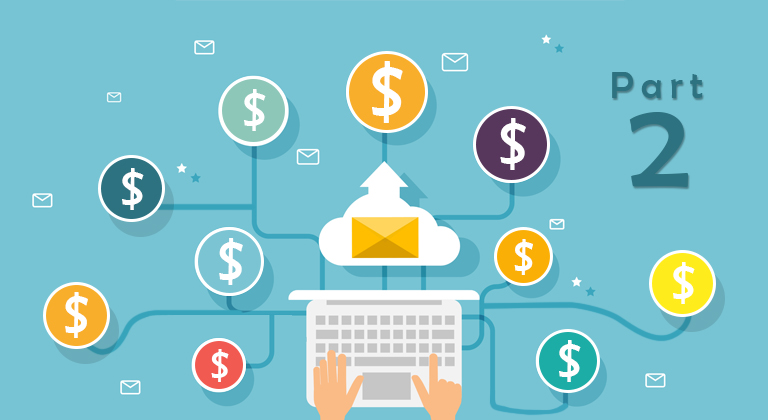
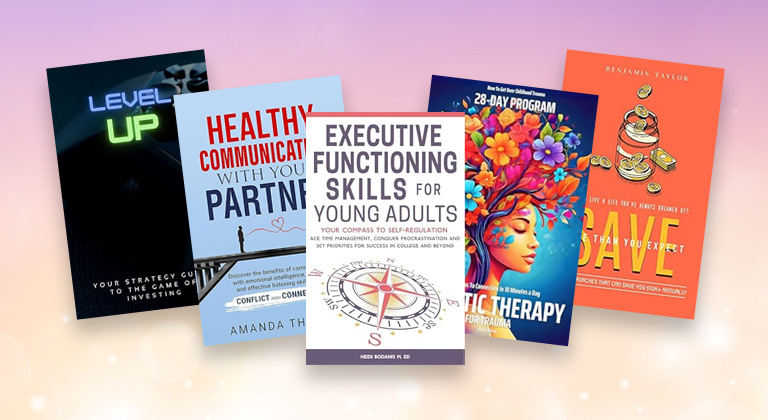
Thank you Matt
Hi Matt. Thanks for your FB ads overview. Regarding targeting and how FB learns over time, should authors be considering the FB recommendation to use Advantage Detailed Targeting which supposedly gets them to broaden the market according to their data bank?
Such a useful post. Thanks so much, Matt! You were so detailed in your information it was very helpful.